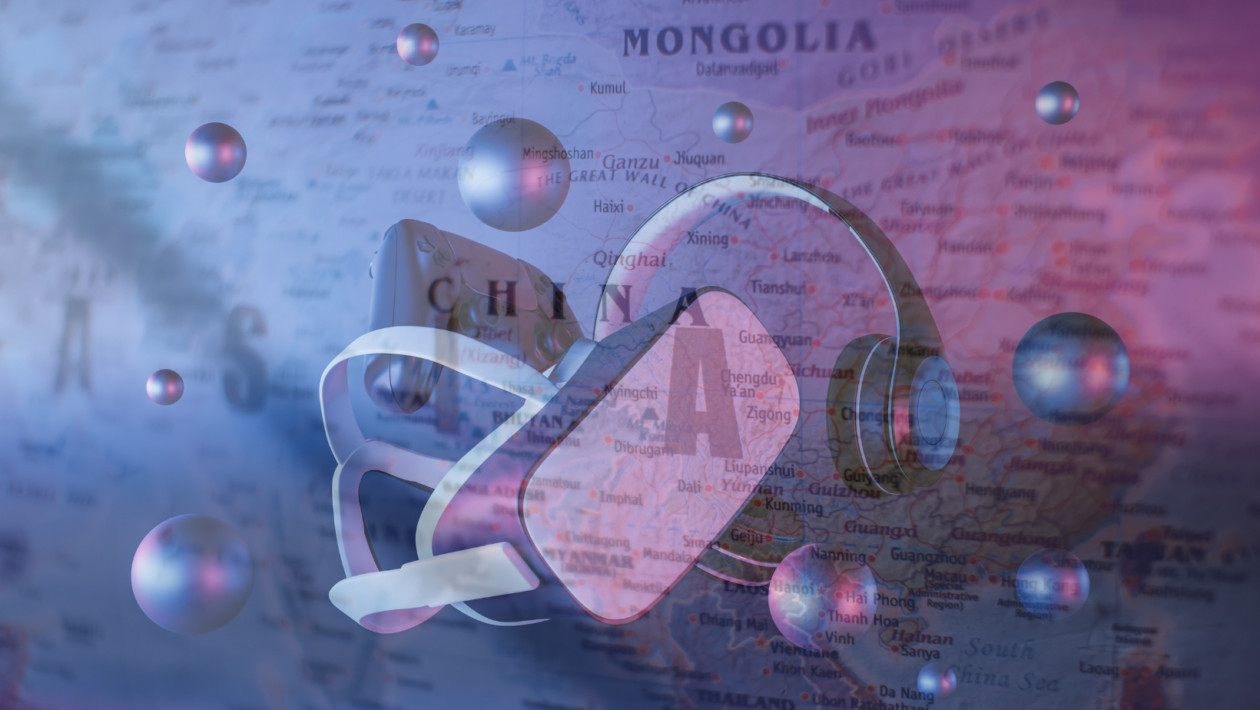As the home to more than 1.7 billion gamers, Asia drives the majority of the global gaming market, with China, South Korea and Japan hosting more than half of the top gaming developers worldwide. With over 600 blockchain companies already building in the region, Asia is primed to lead a transformation of the gaming industry and become the epicenter for blockchain gaming.
Asia’s lead in mobile gaming
Asia has been a kingmaker in the gaming industry for some time. The region is home to more than 55% of the global gaming market. It also generates 52% of the world’s gaming revenue — or US$72 billion annually.
The popularity of mobile gaming in Asia is already evident and significantly outpacing both PC and console titles. In contrast, the U.S. only has a 47% user penetration rate. Furthermore, five out of the top 10 mobile-specific gaming development companies come from either China, Japan or Singapore, further showing how Asia is already a leader in consumer adoption of this technology.
In fact, Asia has a rich pedigree in embracing and seeding new technologies that have transformed the gaming industry. An example of this progressivism can be found in South Korea’s role in carrying the flag for the adoption of free-to-play games historically.
Mobile penetration is on the rise and will likely continue to be fueled by the ongoing deployment of 5G networks, which can bring seamless access to cloud gaming services like never before. By removing pre-existing hardware barriers, mobile is only positioned to pull in an even larger audience moving forward.
Stage is set for Web3 gaming
Mobile gaming is primed for the benefits that Web3 can offer. Free-to-play models have traditionally dominated mobile gaming, but increasingly, the industry is awakening to the exploitation that these models pose to players.
Microtransactions or loot crates entice gamers to spend money. But this represents a one-way economy; user money goes to the developer, and the player gets an item that only works on a specific account in a specific game. In this paradigm, gamers have no real claim to their digital assets and lose all that value when the title shuts down, or the player migrates to a new game. Web3 offers another way, allowing users to truly own and trade the assets they buy while unlocking new revenue streams to developers, such as through greater transaction volume in-game and royalties on all secondary sales.
The opportunity for gamers in the region is significant. According to reports, Southeast Asia had approximately 250 million mobile online gamers in 2021. In Japan, for example, 90% of respondents already have a neutral or positive view of blockchain gaming.
Governments embracing Web3
Hong Kong is increasingly positioning itself towards the crypto sector, opening up asset trades to retail investors, legalizing stablecoins, and creating a dedicated Web3 marketing fund. Japanese Prime Minister Fumio Kishida’s “Cool Japan” tech strategy represents a top-down sovereign mandate embracing decentralized technologies, including the metaverse and NFTs, as a core area of business interest for the country. And Beijing just released a white paper on the metaverse and “internet 3.0.” The race is on, and Web3 gaming is in pole position.
Web3 gaming as a category is one of the most invested in verticals of recent history, and with all this investment, it is estimated that about 40% of all Web3 games ever built will launch over the next 12 to 18 months, including many AAA titles that have been in production for years. This sets the stage for a massively expanding blockchain gaming ecosystem, with Asia poised to be a significant leader in this movement.
Giants making moves
Blockchain gaming companies are starting to explore Web3 gaming opportunities in Asia. The region already has the biggest gaming markets on earth, and traditional Web2 giants are increasingly showing interest in and experimenting with adopting Web3 components. Sony has filed a patent for NFT transfers between games and consoles. Square Enix is pushing into Web3 with Symbiogenesis, a gamified collectible experience, and the former CEO of Riot Asia is building a blockchain-powered MOBA game.
Of course, there are still challenges to overcome in order for Asia to truly become tomorrow’s Web3 hub.
As many have previously warned, the “play-to-earn” (P2E) gaming model has collapsed and companies must invest in thoughtful economic models alongside truly entertaining and rewarding player experiences.
Since then, Axie Infinity and other P2E games have seen significant declines in both engagement and subsequently market capitalization. Ultimately, the key to success lies in games and developers prioritizing experiences that are genuinely engaging and entertaining for gamers, regardless of the presence of NFTs or the user’s awareness of blockchain technology. A radical focus on building games and products that players enjoy will drive greater embracement of NFT technology and Web3 gaming across the industry. Indeed, we are already seeing the majority of the games building in the space embracing more sustainable economic models, which champion fun, savvy mechanics, and player experience above all else.
There’s still a way to go of course. Beyond game design, there will be lots of launches that come online — gaming is hit-driven, and not all will succeed. More consistent regulation across the region, which is not a foregone conclusion, will be important too.
Hurdles aside, there’s a lot to be optimistic about. Asia is well-placed to become a breakaway leader in Web3 gaming development. Public sentiment is overall on the rise, and both investment and builders are migrating in droves toward the region. Rightly, there is plenty of excitement for what Asia has to offer on the world stage for one of the most important shifts in consumer technology we have seen in recent history.

